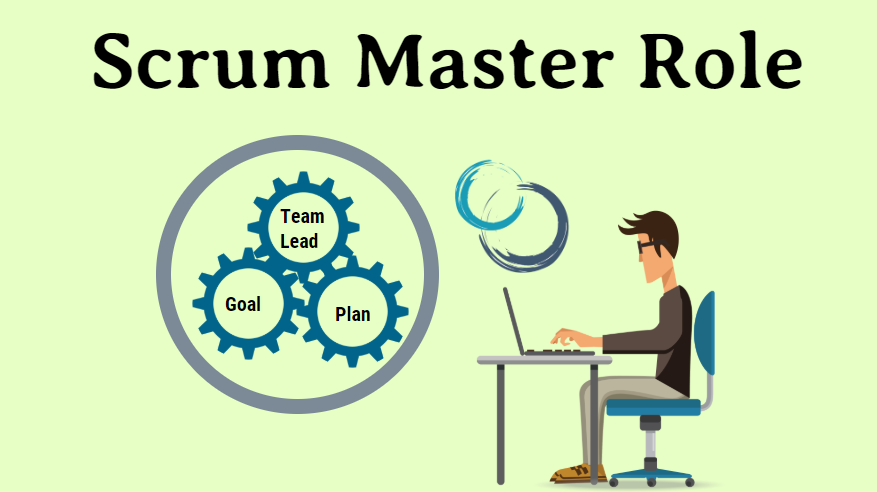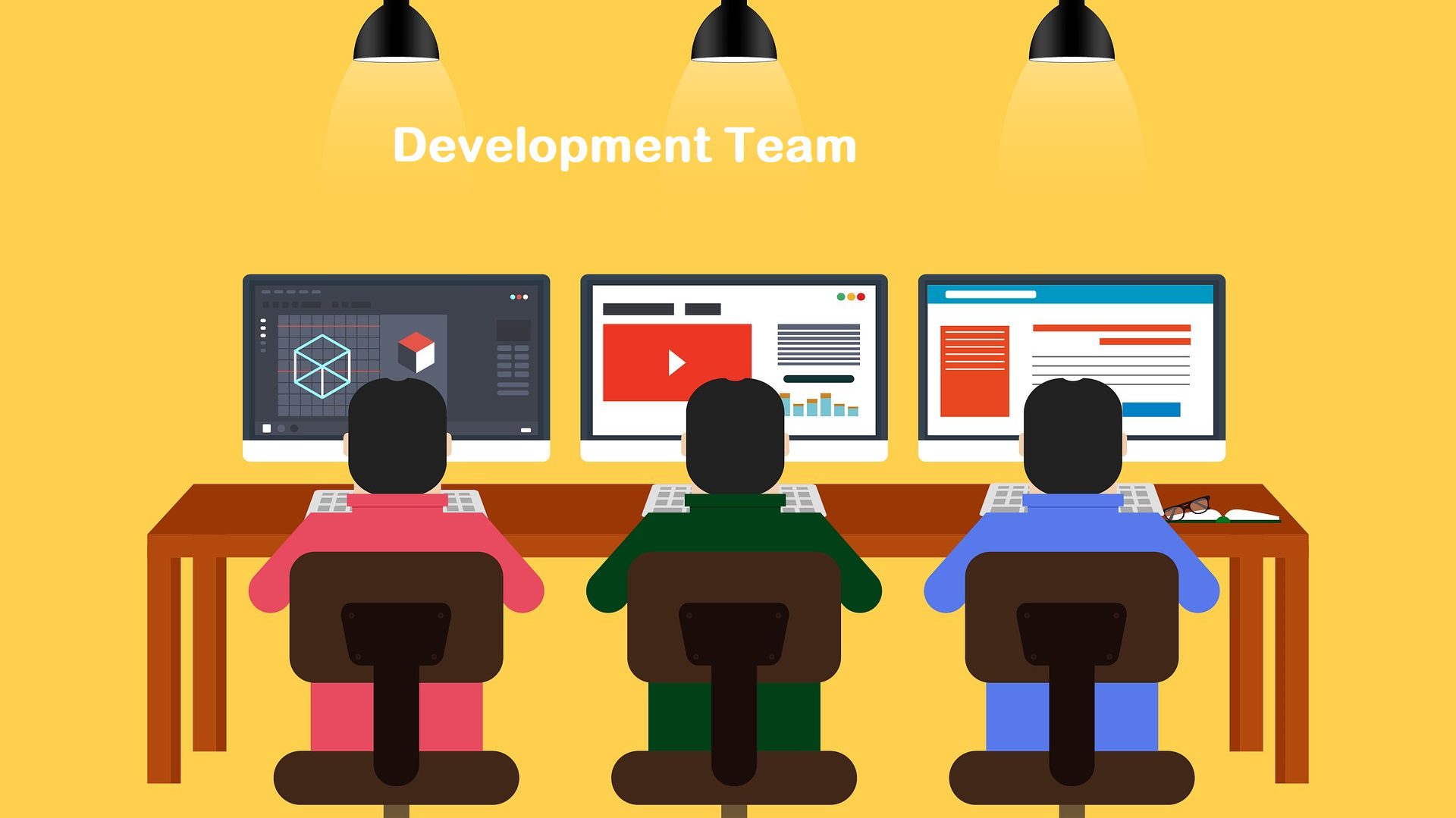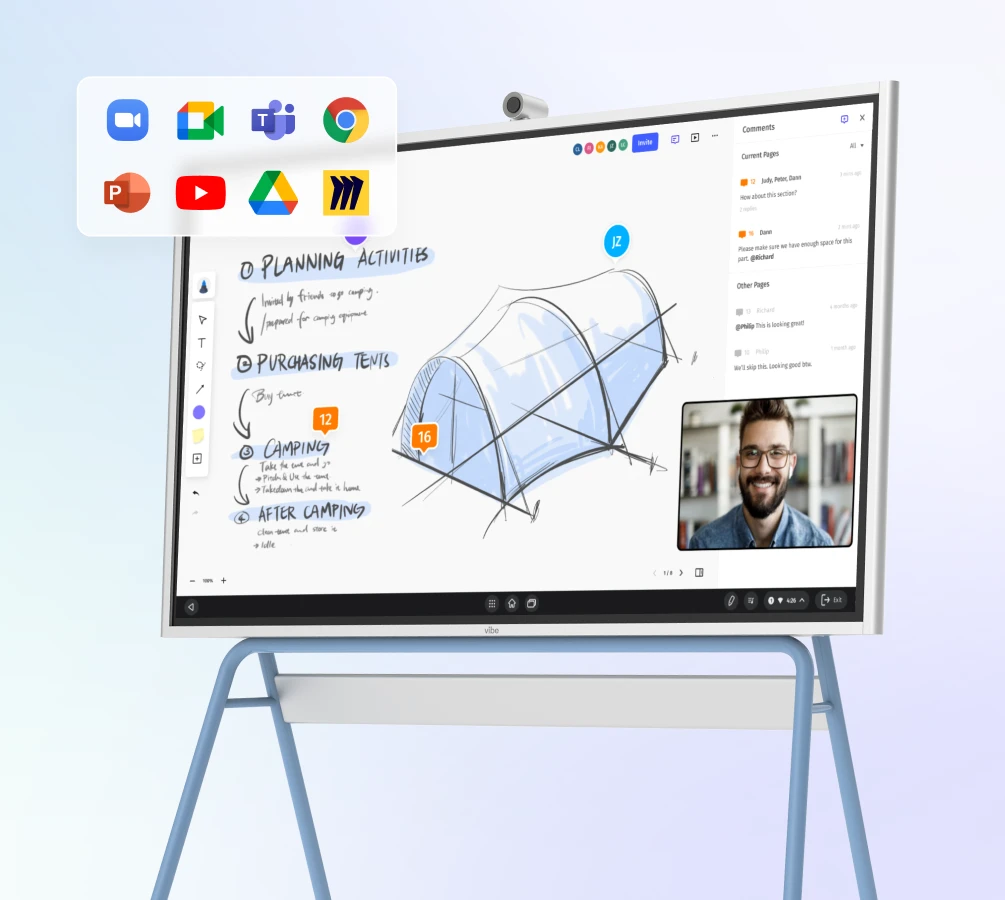Whether you’ve just been asked to join your first Scrum meeting or have been attending them regularly for some time now, it’s always important to understand the purpose of these oftentimes daily meetings and decide whether you and your team are fulfilling that purpose with your current meeting strategy.
Here’s a closer look at exactly what Scrum meetings are, the different types of Scrum meetings you may encounter, and tips for success.

What are Scrum Meetings?
Before diving into Scrum meetings, it’s important to understand the Scrum framework. Scrum is an agile framework often used for software development projects, but any organization in any industry can use Scrum effectively. At its core, Scrum is built around small, cross-functional teams that work in short, iterative cycles called sprints to deliver incremental value. The framework emphasizes transparency, inspection, and adaptation, enabling teams to respond quickly to changing requirements and feedback. The common outcome is the ability to improve quantity without sacrificing quality of work.
Scrum meetings are a key component of the Scrum framework, designed to keep teams aligned, informed, and continuously improving. These meetings (such as sprint planning, daily stand-ups, sprint reviews, and sprint retrospectives) provide structured opportunities for team members to plan work, discuss progress, identify obstacles, and reflect on their processes. By facilitating regular communication and collaboration, Scrum meetings help teams stay focused on their goals and quickly address challenges. Although Scrum meetings can be used for a wide range of projects, this article will be focused on software development teams primarily.
Scrum Meeting Roles and Responsibilities
All members of the Scrum team should participate in all Scrum meetings. Each member of a Scrum team is assigned to one of three different roles:
-
Scrum Master
-
Product Owner
-
Developer
Before diving into the details, it’s important to understand one more key Scrum term — the sprint. A sprint is nothing more than a set amount of time that a Scrum team will work on an agreed-upon amount of work.
KEY TERM:
Sprint: a fixed, time-boxed period, typically lasting one to four weeks, during which a Scrum team works to complete a specific set of prioritized tasks or deliver a product increment.
Scrum Master

Think of the Scrum Master as the meeting facilitator and main point of contact for the team. The Scrum Master coordinates work, breaks down tasks and removes any impediments that developers are facing. First and foremost, it’s up to the Scrum Master to keep projects moving and on track.
This role also works side-by-side with the Product Owner to break down epics and user stories into tasks for the development team. As the facilitator of the Scrum team, the Scrum Master will help to drive a consensus toward what can be accomplished during a sprint.
KEY TERMS:
-
Epics: a large, high-level user requirement or feature that is too big to be completed in a single sprint and is broken down into smaller user stories.
-
User Stories: a short, simple description of a specific feature or functionality from the end user’s perspective that can be completed within a single sprint.
Product Owner

The role of the Product Owner varies based on the company and product at hand. This role can be completely strategic, fully tactical, or somewhere in between. Most of the time, the Product Owner will spend all their time interfacing with stakeholders and external clients. Common responsibilities include:
-
Overseeing sprints
-
Serving as the customer advocate during the project and representing their interests
-
Prioritizing backlogs
-
Serving as a liaison between the client or product manager and the Scrum team
-
Understanding and sharing the product manager’s vision
-
Translating the product manager’s vision into actionable epics for developers to break down
-
Making sure developers are working effectively and are placed in the right teams
Developers

We can’t forget the team responsible for the tasks in the sprint: the Developers. This group is cross-functional in nature. These individuals don’t have to be made up of software engineers alone. Rather, "developer" is simply a term to describe any individual who is responsible for doing the work. This may include UX (user experience) strategists, content writers, designers, programmers, and more.
One key attribute of a Developer is self-organization. When stories are moved to the sprint backlog, members are expected to make decisions needed to get the job done and pull in the work that’s relevant to their areas of expertise.
You can expect Developers to:
-
Estimate user stories and tasks based on areas of expertise and experience
-
Complete tasks during the sprint
-
Share updates, obstacles, and progress during Scrum meetings
-
Prioritize transparency amongst their team during meetings
The 5 Main Types of Scrum Meetings
There are five core types of Scrum meetings, also known as Scrum ceremonies:
-
Sprint Planning
-
Daily Scrum or Daily Standup
-
Sprint Review
-
Sprint Retrospective
-
Backlog Refinement
KEY TERM:
Scrum Ceremonies: structured, recurring meetings within the Scrum framework that guide teams through planning, tracking progress, reviewing work, and continuously improving their processes.

1. Sprint Planning
-
How often: At the start of each sprint (typically every 1–4 weeks, depending on sprint length).
-
Who attends: The full Scrum team: Product Owner, Scrum Master, and Developers.
-
Length: About 2 hours per week of sprint length (e.g., 2-week sprint = 4 hours; experienced teams often finish faster). Typical guidance is 45–60 minutes per week of sprint.
-
Purpose: To define the sprint goal, select and discuss product backlog items for the sprint, and plan how the team will accomplish the work.
A sprint planning meeting brings the Scrum team together to plan the upcoming sprint. The Product Owner starts by clearly communicating the project vision and priorities. Developers then ask clarifying questions as needed. The team estimates how much work they can complete based on capacity and efficiency, moving prioritized tasks from the product backlog to the sprint backlog. By the end, everyone should understand the sprint goal and their responsibilities. As the team gains experience, these meetings typically become shorter.
2. Daily Standup or Daily Scrum Meeting
-
How often: Every working day during the sprint (usually at the same time each day).
-
Who attends: All Scrum team members: Developers, Scrum Master, and often the Product Owner. Other stakeholders may listen but do not participate.
-
Length: No longer than 15 minutes.
-
Purpose: To quickly synchronize the team, review progress toward the sprint goal, plan work for the day, and identify any blockers.
The most common and well-known type of Scrum meeting is the daily standup or daily scrum. The purpose of this meeting is to help the team prioritize work for the day and pinpoint any obstacles or distractions. Daily standups are usually held first thing in the morning for no longer than 15 minutes. The term "standup" comes from the idea that these meetings should be short enough for team members to conduct on their feet.
Scrum Masters are responsible for setting the agenda, starting the meeting on time, and concluding on time. There is some flexibility with the agenda but you’ll want to include the following main points:
-
Pulse check — how close are we to meeting our sprint goals?
-
What work was completed yesterday that is relevant to the team?
-
What work is being completed today?
-
Obstacles/blockers — are there any impediments in the way of completing our sprint?
Daily standup meetings can feel routine, but that’s the point. By meeting regularly, you can pinpoint any areas that need adjustment, prevent the project from going off course, and help developers stay focused on the work without distractions.
Learn more about how to conduct effective daily stand-ups →
3. Sprint Review
-
How often: At the end of each sprint (e.g., every 1–4 weeks).
-
Who attends: The Scrum team (Product Owner, Scrum Master, Developers) and key stakeholders invited by the Product Owner.
-
Length: About 1 hour per week of sprint length (e.g., 2-week sprint = 2 hours).
-
Purpose: To inspect the product increment, demonstrate completed work, gather feedback from stakeholders, and adapt the product backlog for future sprints.
During a sprint review, the team has an opportunity to present the work completed so far. The Scrum Master and Product Owner may suggest product changes to meet the sprint goal. The team will also share their feedback about the progress made so far and identify any areas of concern.
Additionally, internal (or external) stakeholders can be invited to the meeting to review critical components of the overall project. Since projects are broken down into small increments of work, the team is able to adapt based on feedback that might shorten or lengthen the scope of a project.

4. Sprint Retrospective
-
How often: At the end of each sprint, after the Sprint Review.
-
Who attends: The Scrum team only: Product Owner, Scrum Master, and Developers.
-
Length: Up to 45 minutes per week of sprint length (e.g., 2-week sprint = 90 minutes; maximum 3 hours for a 4-week sprint).
-
Purpose: To inspect and improve team processes, discuss what went well, what could be improved, and agree on actionable improvements for the next sprint.
This meeting takes place after the sprint. The team will discuss successes, failures and ways to improve internal processes. These meetings are held at the end of every sprint and help drive continuous improvement while providing a space to celebrate wins. The retrospective encourages open, honest feedback and results in specific action items the team can implement in the next sprint.
5. Backlog Refinement
-
How often: Regularly throughout the sprint; commonly once per week or every other week, depending on sprint length.
-
Who attends: Product Owner, Scrum Master, and relevant Developers (not always the whole team, but at least key representatives).
-
Length: Typically 30–60 minutes per session.
-
Purpose: To review, clarify, estimate, and prioritize items in the product backlog, ensuring that upcoming sprints have well-defined, actionable work.
Think of the backlog as the ultimate to-do list. During backlog refinement, team members translate high-priority items in the project backlog into user stories for the next sprint. Sometimes, this means breaking down large projects or "epics" into smaller user stories that can be completed in one sprint.
In this meeting, all team members will examine current project backlog items to determine whether they should move into the sprint backlog based on the sprint goal.
Depending on the team, this meeting can be spread out into short 30-minute meetings each day or condensed into one or two 60-minute meetings per week. The Scrum Master will facilitate the meeting with the product owner and developers in attendance.
4 Tips For Setting Your Team Up for Scrum Meeting Success
Each type of Scrum meeting has its own specific agenda and purpose, so the facilitation of these meetings will vary. Look to the following best practices to set your next Scrum meeting up for success.
1. Keep watch
Scrum team members are busy and working toward a large goal. Show that you respect their time by starting and ending meetings on time. It’s easy to waste a few minutes here and therewaiting for someone to show up. While these few minutes may not seem like a big deal, they communicate the message that it’s okay to waste time. Instead, prioritize efficiency and consistency.
2. Prepare an Agenda
Each meeting should have an agenda. Create your agenda around the purpose of your meeting. The agenda should be created in a way that anyone can follow. For best results, send the agenda to the team before the meeting with ample time for review. Finally, by sticking to a structured agenda, you can keep off-topic discussions in check.

3. Visualize your tasks
Ideally, your team will have access to a project management board to visualize upcoming tasks, backlogs, and user requirements. Consider including this tool in each meeting to help get everyone on the same page. Take visualization to the next level by integrating your project management tool of choice with the Vibe ecosystem so you can review, comment, and annotate on the big screen and on developers’ personal devices in real time.
4. Continuously improve
Sprint review and sprint retrospective meetings are perfect opportunities to formally collect team feedback and discuss ways to improve processes. However, you can do the same after every Scrum meeting, even daily standups. For best results:
-
Frequently take notes on what is working and what isn’t.
-
Look for emerging patterns that need to be addressed.
-
Identify any common obstacles that keep coming up again and again.
Make it a point to discuss these matters with your Scrum team often and with any other key stakeholders who can help.
How Vibe Can Improve Your Scrum Meetings
Experience more productive and engaging scrum meetings with the Vibe Board S1, the premier all-in-one interactive smart whiteboard designed to streamline collaboration for any team, whether remote, hybrid, or in-person. Vibe boards bring your scrum ceremonies to life by allowing everyone to brainstorm, annotate, and visualize tasks together in real time, while seamless integration with tools like Google Workspace, Microsoft 365, and over 200 industry-standard applications makes sharing agendas, sprint boards, and user stories effortless. With features like an infinite canvas, easy file sharing, and instant export options, Vibe helps your team prepare agendas, visualize tasks, and capture feedback so your scrum team can stay aligned, adapt quickly, and continuously improve.









-1sbltxxq4FYxHrXrwJVLsCDNsXpqNa.webp)
-5Zp0pmSytvcuYDVs1LvuwplKuRneK0.webp)

